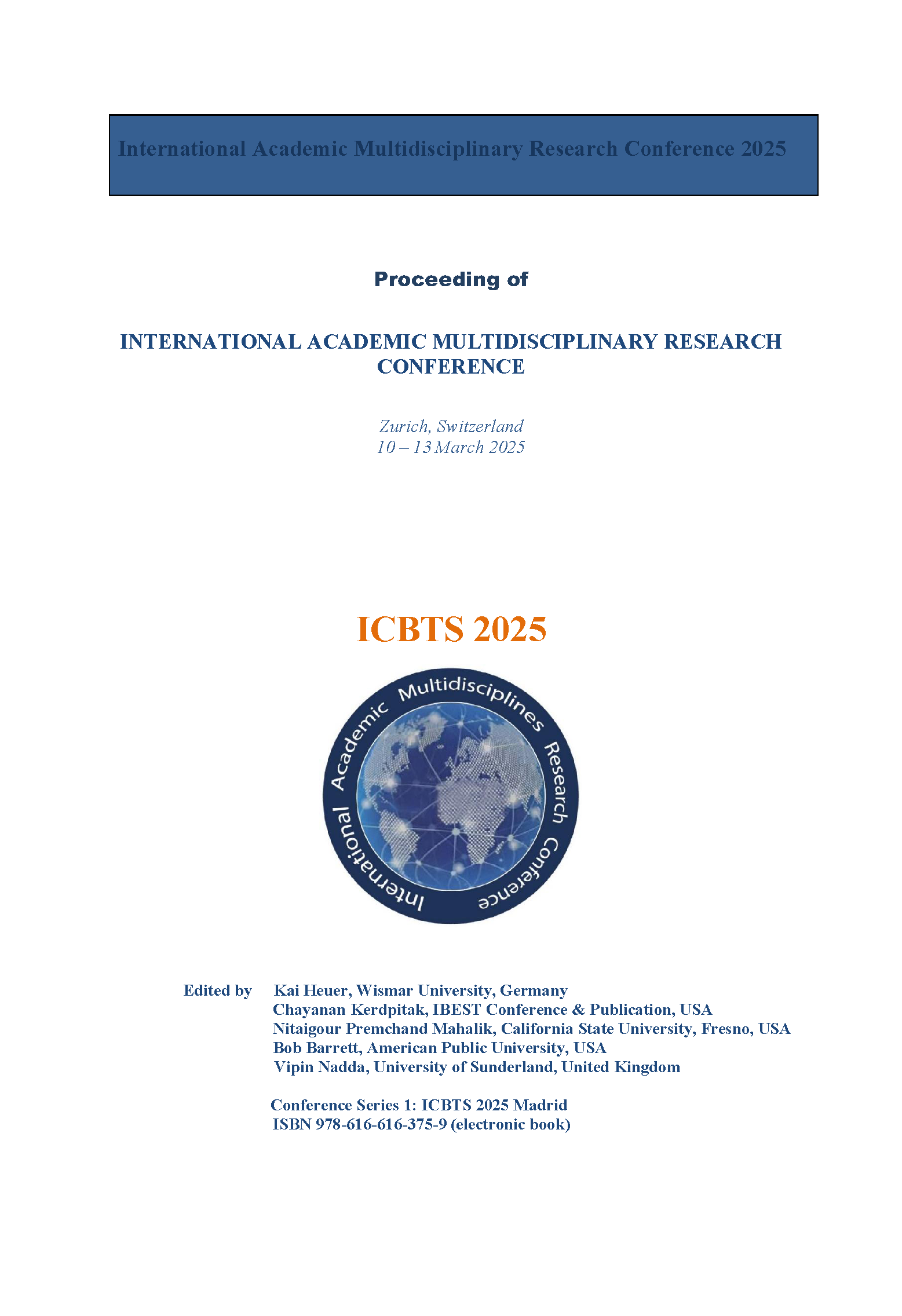The study of Antioxidant Activity and Chemical Compound by Gas Chromatography - mass spectrometry (GC-MS) of the Pra-Ang-Kab-Pra-Sen Recipe and its herbal components extract
Abstract
This study evaluates the antioxidant activity, total phenolic content, and phytochemical composition of the Phra Angkhop Phra Sen recipe and its herbal components. The total phenolic content was determined using the Folin-Ciocalteu method, revealing a phenolic content of 59.43 ± 0.003 mg GAE/g for the Phra Angkhop Phra Sen recipe. Among its components, Cinnamomum verum exhibited the highest phenolic content (243.59 ± 0.03 mg GAE/g), followed by Tamarindus indica and Zingiber montanum. Antioxidant activity, assessed through the DPPH radical scavenging assay, showed that Cinnamomum verum had the strongest activity (EC50 = 0.01 mg/ml), comparable to the synthetic antioxidant BHT. The Phra Angkhop Phra Sen recipe, Tamarindus indica, and Zingiber montanum exhibited similar antioxidant potential (EC50 = 0.16 mg/ml), while Crinum asiaticum and Nigella sativa showed lower activity (EC50 = 0.23 mg/ml and 0.78 mg/ml, respectively). Gas Chromatography-Mass Spectrometry (GC-MS) analysis identified 10 phytochemical compounds in the recipe. D-Fructose, 3-O-methyl was the most abundant (14.50% area), followed by 2,3,4,5-Tetrahydroxypentanal (10.52%) and 4-O-Methylmannose (5.39%).
The findings underscore the significant antioxidant potential of the Phra Angkhop Phra Sen recipe, primarily attributed to its phenolic content, particularly from Cinnamomum verum. This supports its traditional use for managing oxidative stress and inflammation and highlights its potential for developing therapeutic applications in modern medicine.


